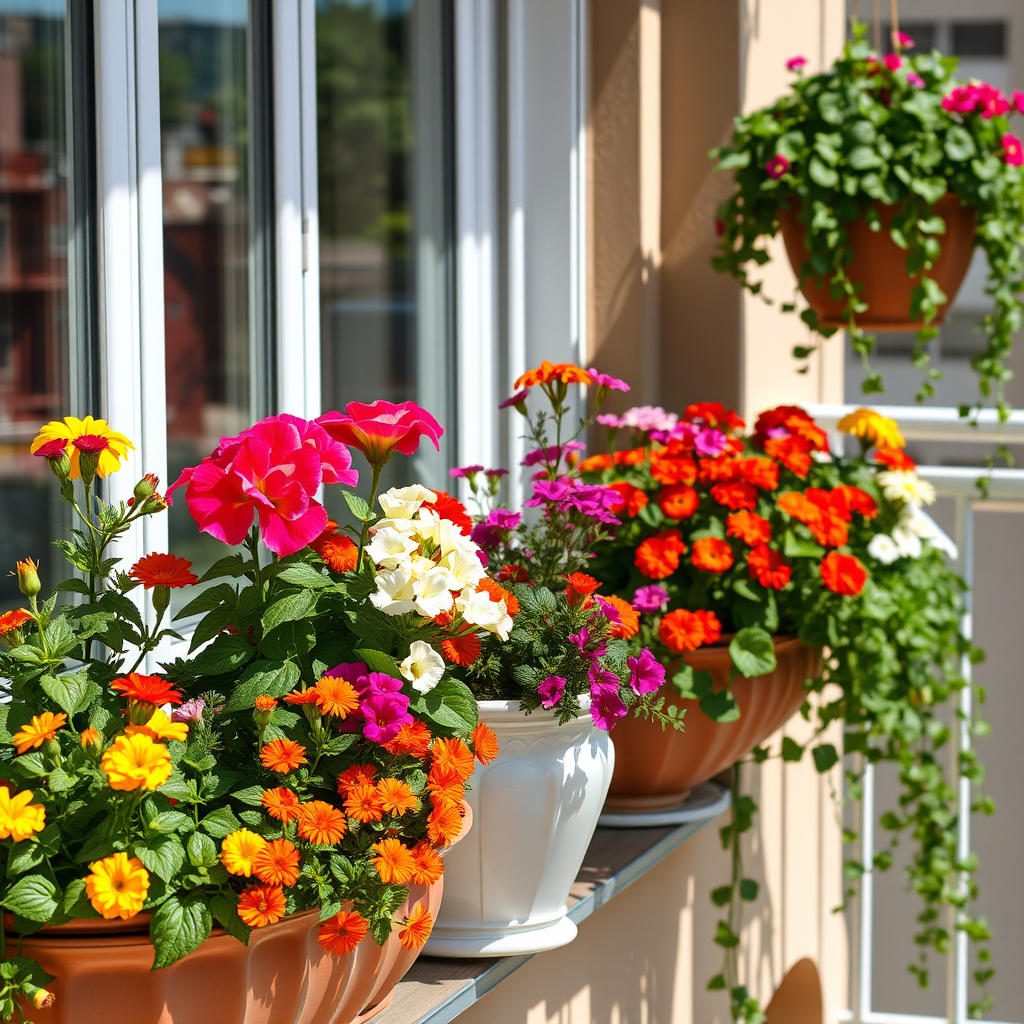Why Balcony Gardens Are Perfect for Urban Living
Living in an apartment doesn't mean you have to give up your dreams of having a beautiful garden. Balcony gardens offer the perfect solution for urban dwellers who want to connect with nature and enjoy the therapeutic benefits of gardening. With the right approach, even the smallest balcony can become a vibrant oasis filled with colorful seasonal flowers.
Container gardening on balconies provides numerous advantages: better control over soil quality, easier maintenance, protection from ground pests, and the flexibility to rearrange your garden layout whenever inspiration strikes. Plus, you can bring tender plants indoors during harsh weather conditions.
Choosing the Right Containers for Your Balcony Garden
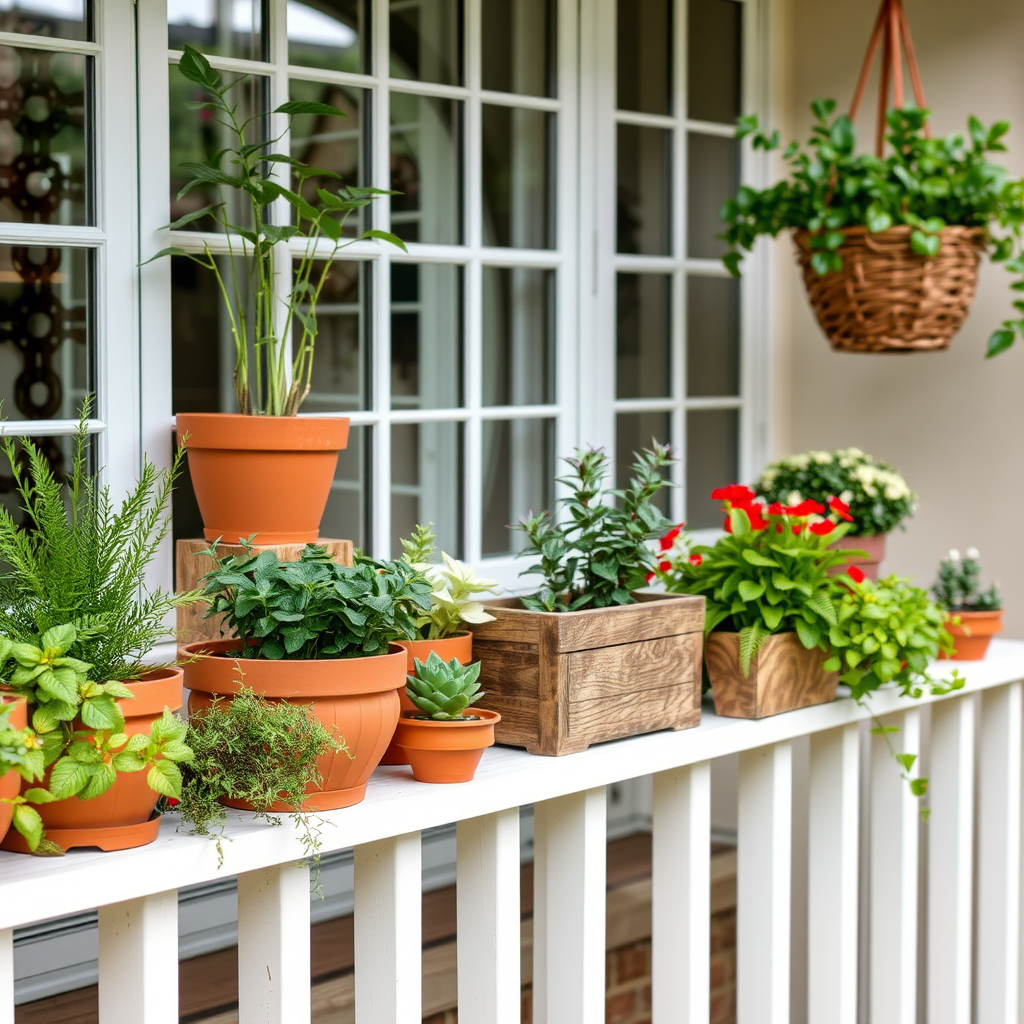
Container Selection Tips
- Choose containers at least 12 inches deep for most flowers
- Ensure proper drainage holes to prevent root rot
- Consider weight limitations of your balcony
- Mix different sizes and heights for visual interest
- Use saucers to protect balcony flooring
The beauty of container gardening lies in the variety of vessels you can use. Terracotta pots offer classic appeal and excellent breathability for roots, while plastic containers are lightweight and retain moisture better. Wooden planters provide rustic charm and insulation for roots, and hanging baskets maximize vertical space beautifully.
Best Seasonal Flowers for Balcony Gardens
Spring & Summer Blooms
- Petunias: Continuous blooms in vibrant colors
- Marigolds: Heat-tolerant with golden orange hues
- Impatiens: Perfect for shaded balconies
- Geraniums: Classic choice with long-lasting flowers
- Nasturtiums: Edible flowers with peppery taste
Fall & Winter Options
- Pansies: Cold-hardy with cheerful faces
- Chrysanthemums: Rich autumn colors
- Ornamental Kale: Colorful foliage plants
- Cyclamen: Elegant winter bloomers
- Winter Jasmine: Fragrant yellow flowers
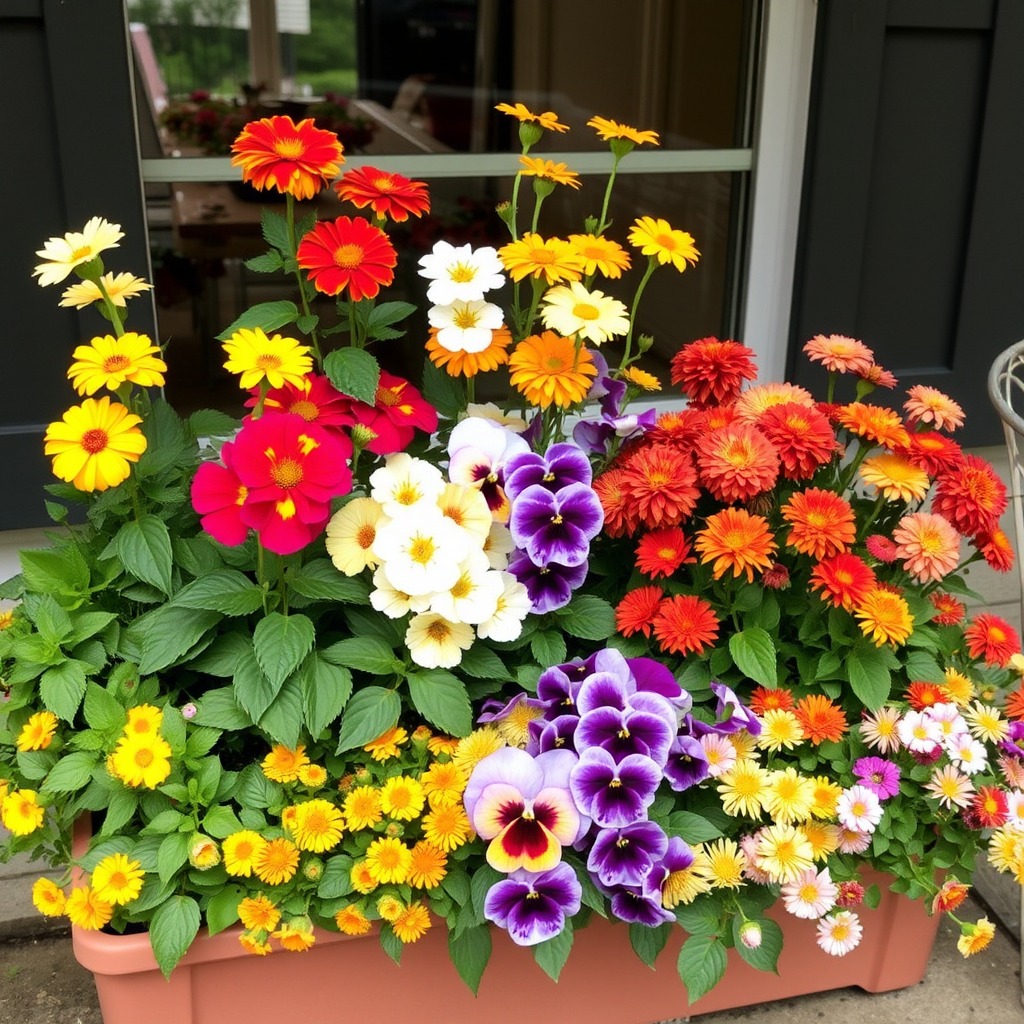
Essential Care Tips for Thriving Balcony Flowers
Watering Wisdom
Check soil moisture daily. Water deeply but less frequently to encourage strong root growth.
Light Management
Observe your balcony's sun patterns and choose flowers accordingly. Rotate containers weekly.
Feeding Schedule
Use balanced liquid fertilizer every 2-3 weeks during growing season for continuous blooms.
Successful balcony gardening requires attention to the unique challenges of container growing. Wind exposure can dry out plants quickly, so consider windbreaks for delicate flowers. Temperature fluctuations are more extreme in containers, making mulching essential for root protection.
Pro Tip for Pankeswap Garden Enthusiasts
Create a watering schedule based on your balcony's microclimate. Morning watering is ideal as it allows plants to absorb moisture before the heat of the day and reduces fungal issues.
Maximizing Small Spaces with Vertical Gardening
When balcony space is limited, think vertically! Wall-mounted planters, tiered plant stands, and hanging baskets can triple your growing space without cluttering the floor. This approach creates a lush, layered look that feels more like a garden room than a simple container display.
Trailing flowers like petunias, lobelia, and sweet alyssum work beautifully in hanging baskets, creating cascading waterfalls of color. Combine them with upright flowers in floor containers for a dynamic, multi-dimensional garden design.
Consider installing a trellis system for climbing flowers like morning glories or sweet peas. These vertical elements add privacy while maximizing your flower-growing potential in minimal square footage.
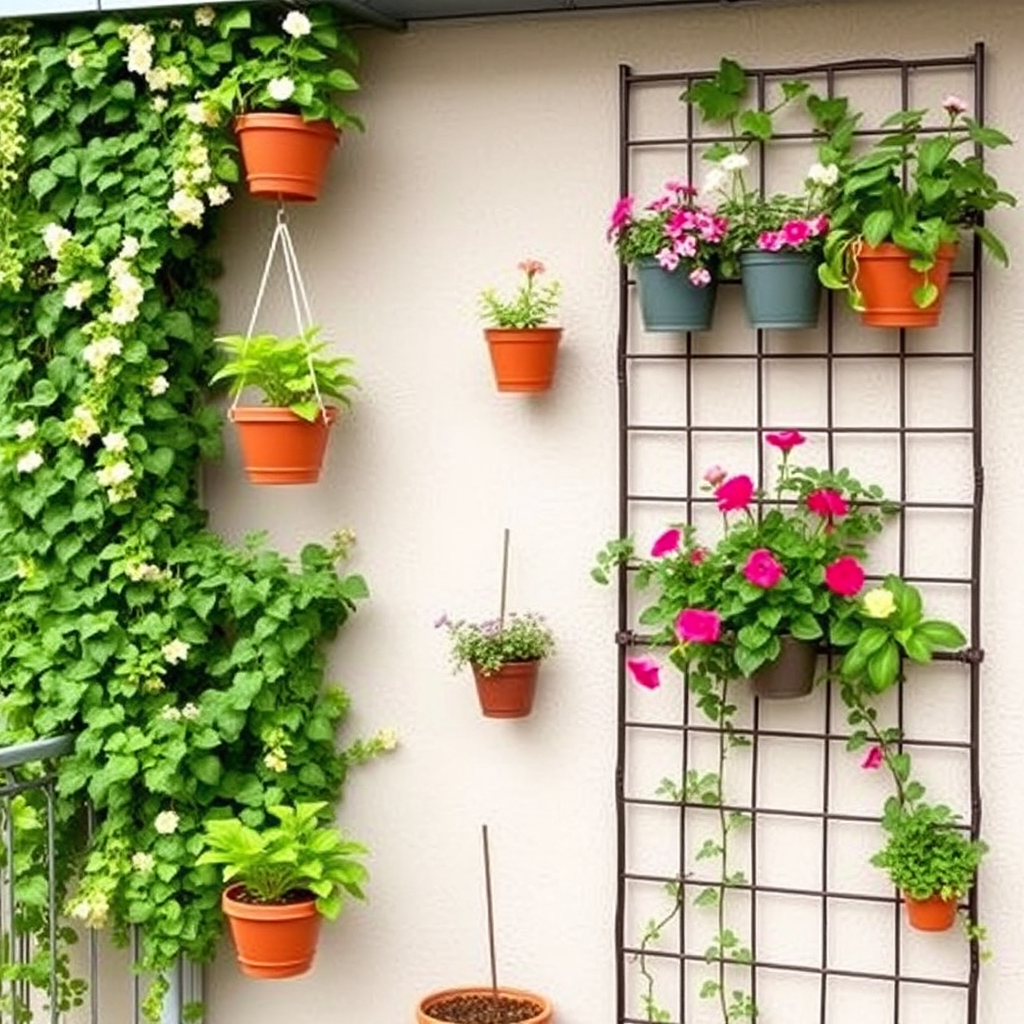
Seasonal Transition Strategies
One of the greatest advantages of container gardening is the ability to refresh your display with each season. Plan your transitions by starting new seedlings indoors before the current season ends. This ensures continuous color and eliminates gaps in your garden display.
Spring Preparation
Start seeds indoors 6-8 weeks before last frost. Gradually acclimate seedlings to outdoor conditions over 7-10 days before transplanting.
Winter Protection
Wrap containers in bubble wrap or burlap. Move tender plants indoors or to protected areas during extreme weather.
Keep a garden journal to track what works best in your specific balcony conditions. Note bloom times, watering needs, and which varieties thrive in your microclimate. This information becomes invaluable for planning future seasons and achieving consistent success.
Creating Your Personal Flower Paradise
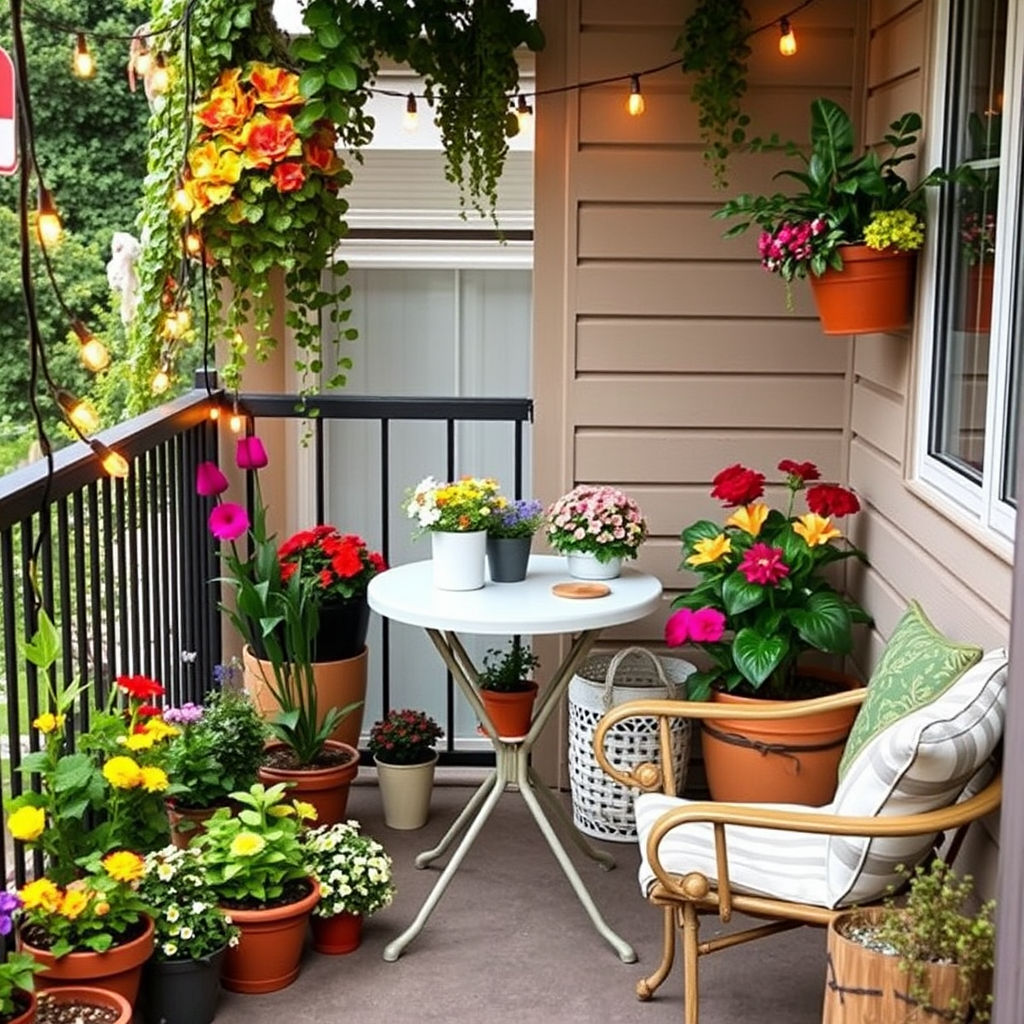
Your balcony garden should reflect your personal style and provide a peaceful retreat from urban life. Consider adding comfortable seating among your flowers to create an outdoor living space where you can enjoy morning coffee surrounded by blooms or unwind after a busy day.
Incorporate fragrant flowers like sweet alyssum, stock, or nicotiana to engage multiple senses. The combination of visual beauty and delightful scents transforms your balcony into a true sensory garden experience.
Remember that gardening is a journey of continuous learning and discovery. Each season brings new opportunities to experiment with different flower varieties, container arrangements, and care techniques. Embrace the process, celebrate small victories, and don't be afraid to try new approaches as you develop your green thumb.
